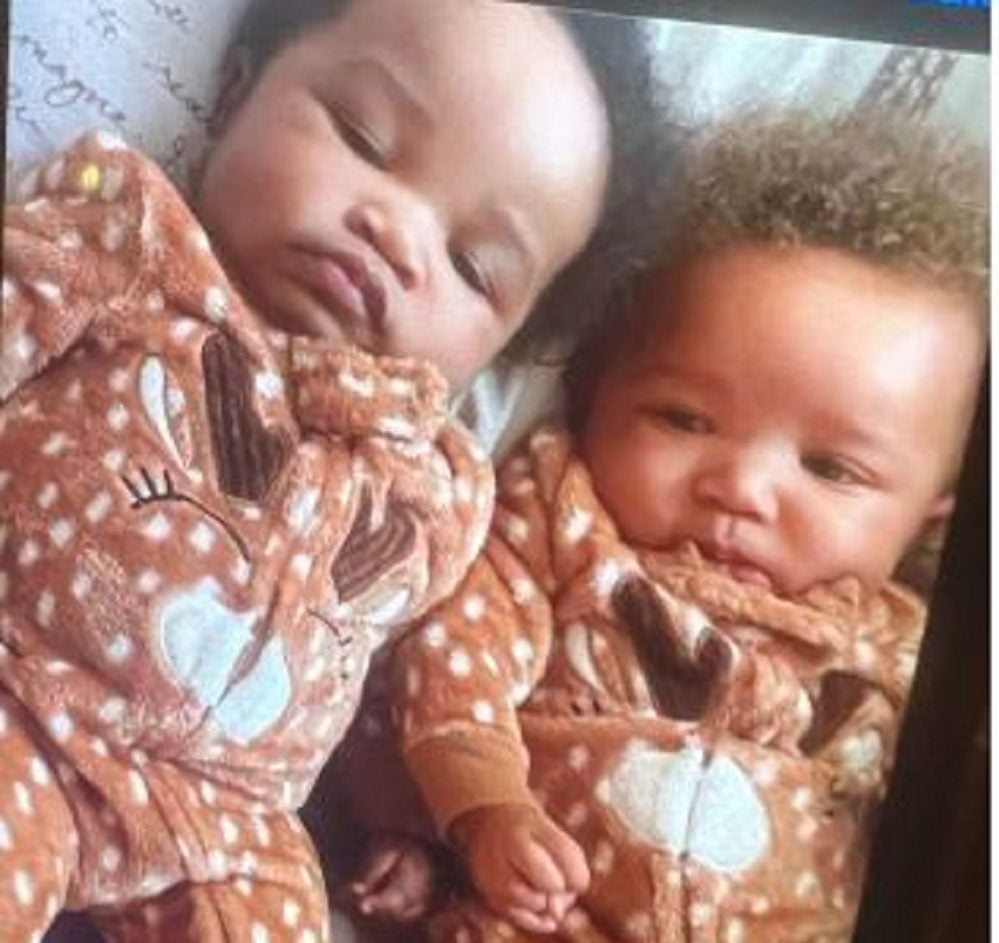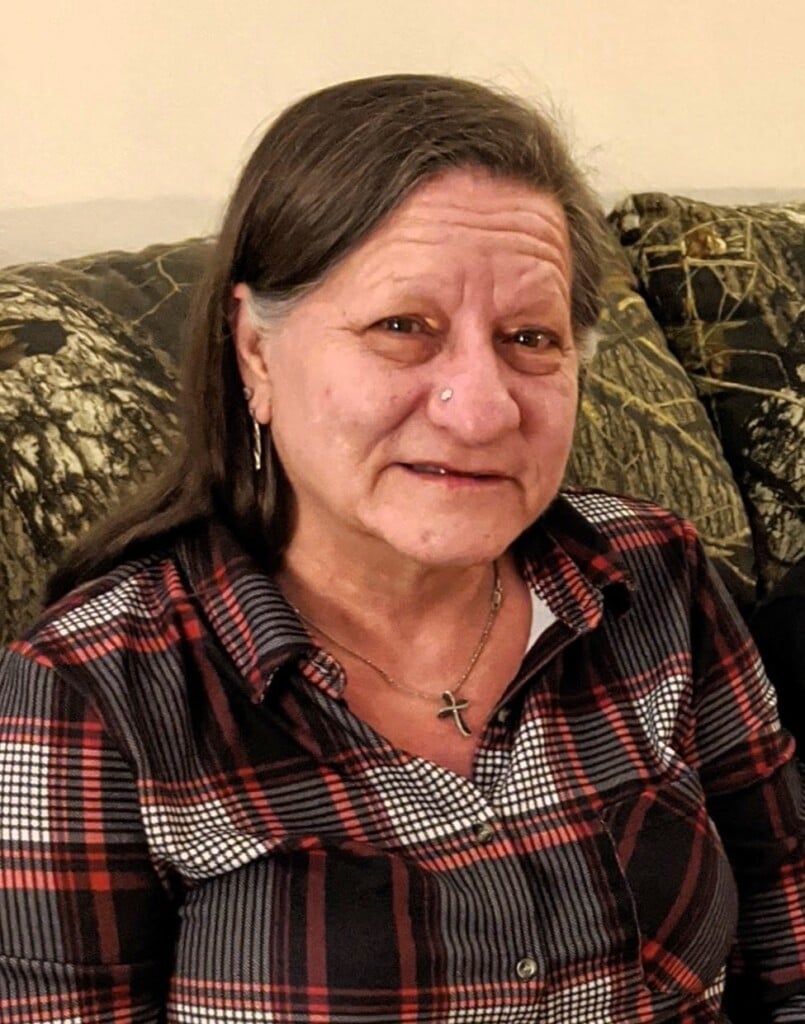Governor DeWine: K-12 Teachers and Staff Up Next for COVID-19 Vaccine

Ohio Governor Mike DeWine and Lt. Governor Jon Husted Thursday hosted the bi-weekly COVID-19 update and talked about the next group in line to get the coronavirus vaccine.
K-12 STAFF VACCINATIONS
Every public school district in the state – except for one –
has agreed to resume in-person schooling by March 1 which was a requirement for staff
to have early access to the vaccine.
K-12 schools whose staff can be vaccinated next week have
been notified. All other schools will be contacted tomorrow with information on when their
K-12 staff will be permitted to receive a vaccine.
More details on Ohio’s
K-12 vaccination process will also be released on Friday. The plan ensures that the maximum
number of people can be vaccinated in the shortest amount of time. The plan
also makes the process as simple as possible for staff to be vaccinated and is
organized to allow most K-12 staff in a county to be vaccinated within seven
days of their assigned vaccination start date.
PANDEMIC IMPACTS ON K-12 STUDENTS
Ohio has
prioritized getting K-12 students back in schools by March 1 because many adolescents’
social-emotional and mental well-being has been impacted by the pandemic.
“We know some of our students have not been in the
classroom in months – it’s taking its toll,” said Governor DeWine.
“For some, remote learning works, for others, it doesn’t. We are in danger
of too many kids struggling for too long if they don’t get back to school in
person.”
“School is community for our youth,” said Ohio
Department of Mental Health and Addiction Services Director Lori Criss.
“It benefits kids so much more than academic content. It’s the social and
emotional connections that kids feel with friends, classmates,
extra-curriculars, teachers, and more.”
According to the Ohio Department of Mental Health and
Addiction Services, the change of routine and the constant uncertainty of the
pandemic produces anxiety, and the disconnection from learning, emotional, and
social supports can lead to depression. In addition, missed significant life
events like graduations, proms, art performances, science competitions, sports,
and more can result in grief.
Families and friends should reach out for help if a young
person is:
- talking about feeling hopeless;
- worrying about being a burden;
- feeling like there’s no reason to live;
- using drugs, alcohol or engaging in other risky behaviors;
- struggling with school;
- disconnecting from family and friends.
This week’s Ohio Public Health Advisory System map shows
little change. Hamilton
County is no longer
listed as a Level 4 (Purple) Public Emergency, but the rest of the state
remains the same as last week. A county-by-county breakdown outlining the
presence of COVID-19 in all of Ohio’s 88 counties can be found on the Ohio Public Health Advisory System’s website.
CURRENT CASE DATA
In total, there are 883,716 confirmed and probable cases of
COVID-19 reported in Ohio
and 11,006 confirmed and probable COVID-19 deaths. A total of 45,786 people
have been hospitalized throughout the pandemic, including 6,644 admissions to
intensive care units. In-depth data can be accessed by visiting coronavirus.ohio.gov.
Video of today’s full update, including versions with foreign
language translat




